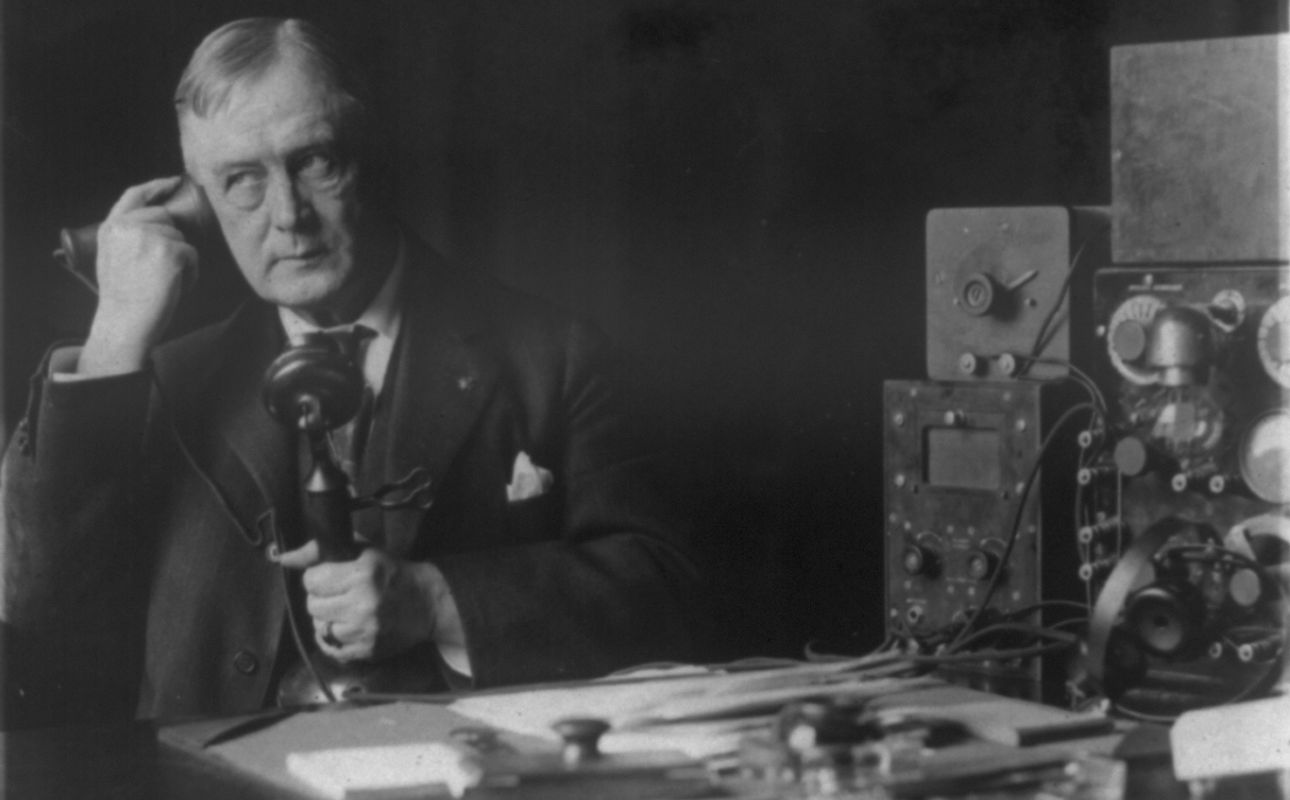Suicide awareness two years after the 988 Lifeline rollout
Key Points
- The new number for suicide and mental health crises is transforming the way crisis response is handled in the U.S.
- The Lifeline has answered more than 10 million calls, texts and chats, providing critical support to those in need.
- Expanded services provide help for veterans, Spanish speakers, the LGBTQI+ community, and American Sign Language users.

The 988 Suicide and Crisis Lifeline was launched on July 16, 2022, replacing the old 10-digit suicide prevention line with a free and easy-to-remember number that can quickly connect people to a caring crisis counselor.
Two years later, we’re here to give you the 411 on 988 and how it’s become a crucial resource for individuals seeking support during their most vulnerable moments. This anniversary provides an opportunity for us to clarify what is 988 Lifeline, reflect on its impact and explore how it’s grown since its launch.
The 988 Lifeline: how it started
In 2019, a simple yet powerful idea was proposed in Congress: a three-digit number—988—that anyone could call in a moment of crisis. This initiative, later known as the 988 Suicide & Crisis Lifeline, became a cross-government effort to address the alarming mental health crisis in the United States.
The numbers are staggering. According to the Centers for Disease Control and Prevention, in 2022 someone died by suicide every 11 minutes. Suicide was also the second leading cause of death for young people aged 10–14 and 25–34. The 988 Lifeline website reports that studies have shown, though, that people are more likely “to feel less depressed, less suicidal, less overwhelmed and more hopeful” after speaking with a trained crisis counselor. The reality of these findings made one thing clear: the country needed to expand access to crisis services.
Fast forward to 2020, when the National Suicide Hotline Designation Act was signed into law. This act officially designated 988 as the new number for suicide and mental health crises, transforming the way crisis response would be handled in the U.S. It was a major step forward, paving the way for significant investments that allowed the Lifeline to expand its resources and capabilities.
Before this change, the National Suicide Prevention Lifeline was a 10-digit number—difficult to remember and dial in moments of distress. Even more, the Lifeline, which has existed since 2005, had been chronically underfunded and under-resourced.
The introduction of 988, backed by significant new investment, was a game-changer. It not only simplified access by replacing the long number but also ensured that the Lifeline could better handle the growing volume of calls, providing faster, more effective support in situations where every second counts.
Calling 988: what you need to know
Today, when someone calls 988, they are immediately connected with trained counselors who provide emotional support, guidance and mental health resources. These professionals are equipped to help people navigate through their toughest moments, offering confidential support for those experiencing suicidal thoughts, emotional distress or mental health issues.
The Lifeline has also expanded its services to better meet the needs of diverse communities.
- Veterans can press “1” after dialing 988 to connect directly to the Veterans Crisis Lifeline, which serves the nation’s veterans, service members, National Guard and Reserve members, and anyone who supports them.
- 988 Lifeline offers voice, text and chat options in Spanish. To reach a Spanish-speaking counselor press “2” after dialing 988, text “AYUDA” to 988, or visit https://988lifeline.org/es/chat/ to chat.
- Communicate with a specialized LGBTQI+ affirming counselor by texting “PRIDE” to 988 or pressing “3” when calling 988.
- Those fluent in American Sign Language (ASL) can now use their videophones to call 988 directly for a video call, a significant step forward in accessibility.
For a direct glimpse into the support provided, you can listen to a recording of the message callers hear on the official 988 Lifeline website.
Two years later: 988 and suicide prevention
Two years have passed since the 988 Suicide & Crisis Lifeline was introduced and its impact has been promising.
Since its rollout, the Lifeline has answered more than 10 million calls, texts and chats, providing critical support to those in need. Monthly contacts surged past half a million in May 2024—an 80 percent increase compared to the same month in 2022, just two months before 988 was launched. Even with this surge, the Lifeline has managed to improve national answer rates and decrease wait times, demonstrating a commitment to being there when it matters most.
Still, there are challenges ahead. Public awareness of 988 remains relatively low, with a recent KFF poll revealing that only 18 percent of adults have heard a lot or some about the Lifeline. Recognizing this gap, the Substance Abuse and Mental Health Services Administration (SAMHSA) launched federal awareness campaigns in June 2024 aimed at boosting public knowledge of 988 and its services.
As awareness grows, so too will the demand for 988 services. To prepare for this potential rise, there are ongoing proposals to enhance the Lifeline’s infrastructure. For instance, states are looking to improve coordination between 988 and other crisis and emergency services, with some developing infrastructure to enable the diversion of mental health calls from 911 to 988.
There’s also a strong push to improve the routing of 988 calls, with proposals to adopt standards similar to those used by 911. Proposed legislation would require phone service carriers to route calls during service interruptions, and multi-line systems like hotel and office buildings to support the direct-dial of 988, rather than requiring the caller to dial a number before 988. Unlike 911, proposed 988 geo-routing data would only be used to direct calls to the nearest crisis center—not the caller’s precise location to address technical, privacy and legal concerns.
Myth busting: clearing up misconceptions about 988
Even though the 988 Lifeline provides crucial support for anyone in a suicidal, mental health or substance use crisis, there are plenty of myths floating around that deter people from reaching out when they need it most. Let’s set the record straight on some misunderstandings.
One common concern is that calling 988 will automatically lead to emergency services being dispatched. This is not true. When you call, text or chat with 988, the main focus is to provide emotional support and crisis intervention. Your conversation is confidential, and emergency services are only called if there’s an immediate risk to your safety or someone else’s.
Another important fact to know is that 988 is not just for those contemplating suicide. This lifeline is a resource for anyone experiencing a mental health crisis or simply needing emotional support. You can even use it if you’re worried about a loved one and need guidance on how to help them. The trained counselors at 988 are there to help you navigate your situation without judgment.
The bottom line is this: The 988 Lifeline is a safe, confidential space for anyone needing help. By busting these myths, we can break down the barriers that stop people from getting the support they need.
Spreading the word about 988
Suicide crisis help has definitely been energized by 988. In just two years, 988 has become a lifeline for millions, demonstrating the profound impact of accessible mental health support. But the work doesn’t stop here. As we look to the future, the success of 988 depends not only on its continued improvement and expansion but also on collective efforts to raise awareness.
It’s up to each of us to share the information, dispel the myths and reduce the stigma associated with seeking help. By spreading the word, we can ensure that 988 remains an accessible source of support for all who need it. As awareness and accessibility continue to improve, the hope is that even more lives will be impacted—and saved—by this vital service.
(Learn about the myths and truths surrounding 911 emergency service with VoIP phone service.)



